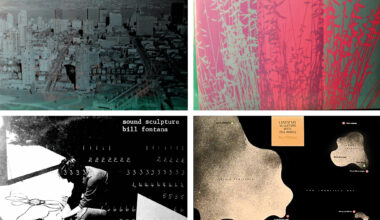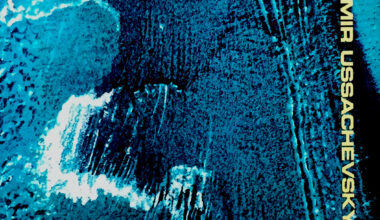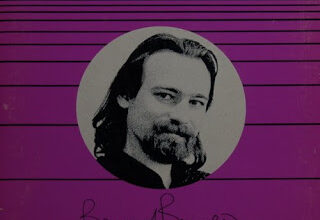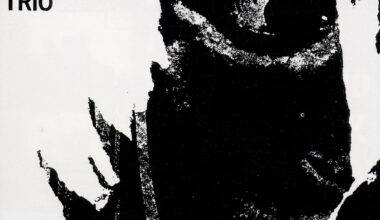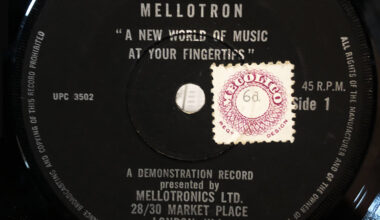Our resident archivist Jack Dangers turns his attention to electronic composer Paul Pignon and his role in the development of the EMS Synthi 100

The Yugoslav Official Broadcaster put out three vinyl albums of electronic music, two of them doubles. The tracks were recorded at a studio headed up by composer Vladan Radovanovic and based at Radio Belgrade. But even though they didn’t make a huge amount of electronic music there, the studio was instrumental in the development of the Synthi 100, the legendary mega-synth designed by British company EMS in 1971.
One of the main guys working at the Radio Belgrade studio at the time was a British musician called Paul Pignon, who had moved to Yugoslavia in 1962. Pignon was a physicist as well as a musician. He did a PhD in Physics at Oxford University, but he abandoned his studies so he could pursue music full-time. He played wind instruments, saxophone and bass clarinet, but he was also very interested in electronic music and he used to play those conventional instruments through various electronic treatments.
Paul Pignon knew Peter Zinovieff, the founder of EMS, who had recently brought out the VCS3. So when Vladan Radovanovic started talking about having a synth built for the Belgrade studio, Pignon persuaded him to commission Zinovieff’s company. Pignon gave Zinovieff a description of what he needed and there were frequent interchanges between Belgrade and London throughout the design stages before EMS built the final product, which they dubbed the Synthi 100.
EMS put the Synthi 100 into standard production, but they only made a few dozen of the machines and there aren’t many of them left these days. They’ve still got the one in Belgrade and it still works. The one in Cologne, which Stockhausen used, is also still there, also still being used. The BBC chopped theirs up and threw it in a skip. When the Fairlight came out and MIDI came along, a lot of the big institutions started to get rid of these unreliable and cumbersome analogue beasts in favour of the new, sleek digital machines.
I have a Synthi 100 which was passed down to the engineer who worked at the music studio at the University of Adelaide from the early 70s to late 80s. He bought it from the university and had it in his house for 10 years before I bought it from him. But they are very difficult to find now. Daniel Miller got his from the University of East Anglia in the late 1980s for something like £300. I think there were only four in the UK – one in London, one in Norfolk, one in Cardiff and one in Scotland somewhere. Canada had two and the United States had two, but the Synthi 100s were mainly sold to Eastern Bloc countries because Russia and the other Communist countries didn’t want to buy American synthesisers.
Paul Pignon left Belgrade and moved to Stockholm in 1985, working at the Electronic Music Studio there. The EMS – which has nothing to do with the EMS synth company in Britain, they just happen to share the same name – is quite famous. It’s one of the big studios and it’s been going since the 1950s. They have some amazing equipment, including a bank of custom-made synthesisers and Buchlas, and Pignon was developing software and composing there and would have been involved in a lot of the stuff that came out of the studio. I saw a video of him performing quite recently, doing pretty avant-garde stuff as Sound Quartet. He’s 75 now, but he’s got all his hair shaved off and he doesn’t look 75, that’s for sure.
